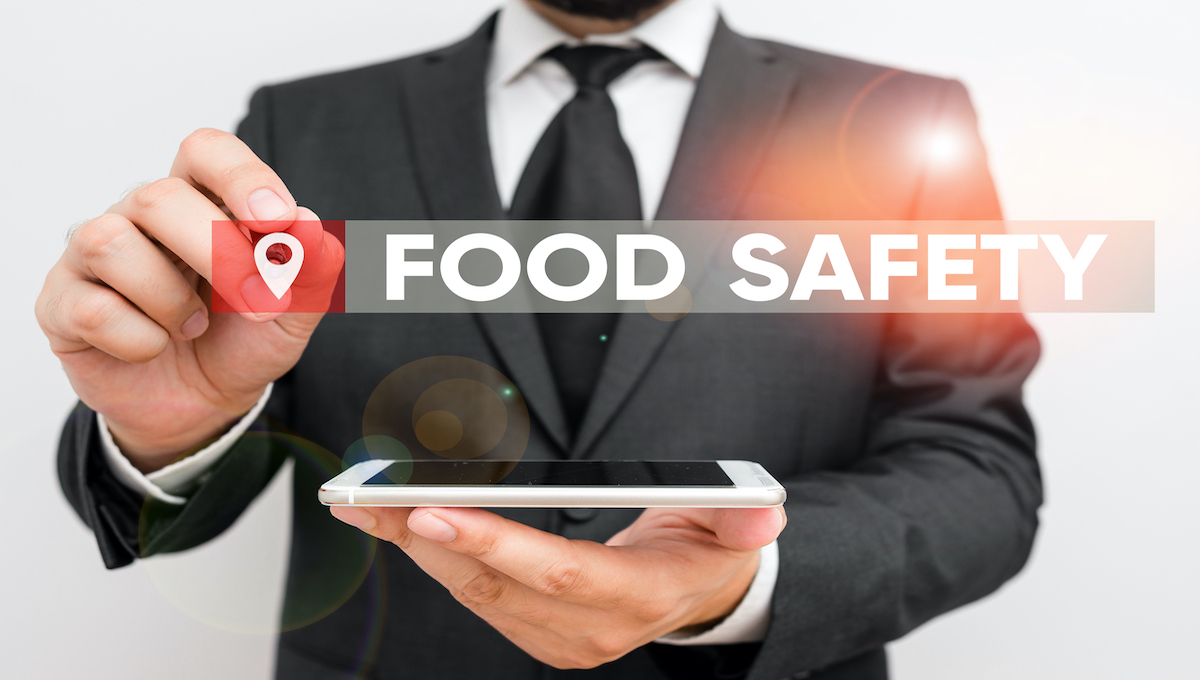Different levels of national progress on a food safety strategy in the Western Pacific have been identified during a meeting to monitor adoption.
The Regional Framework for Action on Food Safety in the Western Pacific covers 2018 to 2025. It was endorsed by the World Health Organization (WHO) Regional Committee in 2017. Common food safety issues in the area include aflatoxins.
A virtual meeting in March this year was organized into five sessions, one for each point of the plan, and had presentations by international and national experts. The five areas cover food safety policy and legal frameworks, risk based inspection and enforcement, information underpinning evidence, incident and emergency response and communication and education.
The event was an opportunity for WHO member states in the Western Pacific to update each other and exchange progress in implementation of the framework. It allowed them to understand achievements so far and were they should be in the next few years.
A survey showed they were at different stages of implementing the five areas and had diverse approaches. Further analysis revealed hardly any had an advanced level of implementation. Areas related to incident and emergency response and food safety communications and education had the lowest levels of execution.
More than 100 people attended the meetings, including officials from the governments of 19 states in the region including Australia, Cambodia, China, Fiji, Japan, Malaysia, Mongolia, New Zealand, the Philippines, Papua New Guinea, Samoa, Singapore, Solomon Islands, and Vietnam.
Dr. Takeshi Kasai, WHO regional director for the Western Pacific, said the framework was crucial to reduce foodborne outbreaks.
Import reliance and analysis capacity
Pacific islands have high dependence on food imports, limited institutional frameworks and gaps in laboratory analysis capacity.
Joanne Chan Sheot Harn, director of the National Centre for Food Science, Singapore Food Agency and WHO Collaborating Centre on Food Contamination Monitoring, presented the country’s situation as it relies a lot on imports. This included improving checks on imported foods through risk-based controls, preventive measures in the country of origin as well as border and post-entry controls.
Patricia Soqoilo, chief health inspector, Ministry of Health and Medical Services for the Solomon Islands, said a national laboratory is being prepared for accreditation and there are agreements with universities to analyze food contaminants. However, she spoke about operational and logistical difficulties in carrying out monitoring activities.
Participants recognized the lack of data to estimate risk levels limits the use of risk-based inspection in the region. They also said lab diagnostic capacities for food safety are fundamental for data generation.
Shuang Zhou, professor at the China National Center for Food Safety Risk Assessment, presented the country’s experience with data collection, establishing maximum levels for contaminants and China’s total diet study.
Jenny Bishop, from the Ministry for Primary Industries in New Zealand, said six actions are strengthening emergency response systems including enhancing participation in INFOSAN and ensuring authorities have the legal power to enforce and conduct food recalls.
Rin Ogiya, director of the Office of International Food Safety, Pharmaceutical Safety and Environmental Health Bureau, Ministry of Health Labor and Welfare in Japan, spoke about the country’s risk-based approach to imported food inspection.
Other speakers included Mohd Salim Dulatti, senior director of the food safety and quality division at the Ministry of Health Malaysia and Timothy Moises C Mendoza of the Food and Drug Administration of the Philippines.
(To sign up for a free subscription to Food Safety News, click here.)

